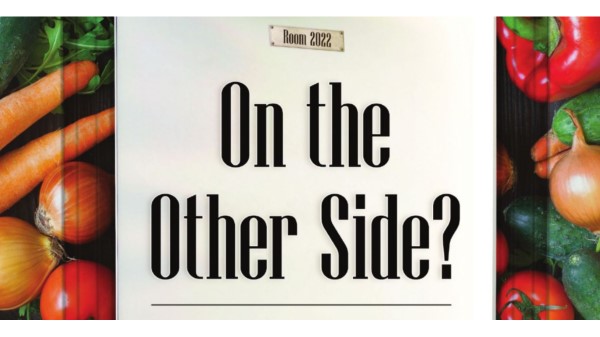The Year Ahead: On the other side?
Last year at this time, many observers had hoped the pandemic would be over by now.
Unfortunately, it’s still here, and when combined with all the other industry challenges—from inclement weather, fluctuating product availability, supply chain issues, labor uncertainty, and changing consumer behavior—2021 turned out to be one of the more difficult years in recent memory.
While experts predict many of these issues will remain top of mind for at least the first half of 2022, they also see plenty of opportunities for innovation. Read on to see what industry insiders had to say about, well, most everything from field to fork.
Supply Chain: End-to-End Headaches
Last year saw a compounding of pandemic-prompted supply chain challenges and brought new problems as well. Some, such as port congestion, are expected to clear up by mid-2022, while others, such as transportation woes, are longer-term issues that will likely continue.
“Without a doubt, the capacity challenges will continue well into 2022,” comments Debra Sanford, vice president at Clipper Controlled Logistics BB #:108797 in Woodridge, IL, part of the Radiant family of companies.
“The effects of stimulus money and consumer online buying practices have increased demand for transportation tenfold across the board,” she continues. “So many dry goods are waiting to move, it’s pulling away from available reefer capacity as carriers are choosing to move dry freight with less risk and higher yields.”
Labor, too, is a long-running problem exacerbated by the pandemic.
“The number-one issue we’re hearing today is the shortage of labor at every stage of the supply chain,” observes Tom Stenzel, co-CEO of the International Fresh Produce Association (IPFA). “While we’ve always focused on ag labor, we now see significant shortages in all aspects of our industry.”
“We’ve always been short on labor,” confirms Fred Plotsky, president of Cool Runnings, Ltd., BB #:125423 a Kenosha, WI-based transportation broker specializing in produce, whose drivers have an average age of 56.
Plotsky notes that while many drivers left during the pandemic for a variety of reasons, those who stuck around expect to be paid more to continue driving. With fewer drivers available, capacity issues, and road congestion, it’s a pressure cooker to load and unload on time. “It all just feeds on itself; there’s already pressure, but now there are these extra factors. And it doesn’t seem to be letting up.”
Ed Treacy, vice president of supply chain and sustainability at IFPA, believes there’s some light at the end of the tunnel. “We may see improved physical capacity, but we’ll need additional labor to use that capacity.”
Rising costs are another matter. “Higher freight rates are unfortunately the new norm,” Treacy says. “We may see some small decrease in 2022, but it will never return to pre-pandemic rates.”
“There’s no question that ongoing supply chain challenges and the risk of potential disruptions have caused many producers, transportation and logistics providers, and food retailers to adopt standard operating procedures,” says Amy Childress, vice president of marketing, sales, and cold chain cargo for Emerson Commercial & Residential Solutions BB #:194324 in Boise, ID.
“Historic spikes in demand combined with acute labor shortages have forced many cold-chain stakeholders to expand or augment their transportation and logistics networks, all while attempting to maintain their existing quality and safety standards,” she adds.
Kristen Park, extension associate in the Food Industry Management Program at Dyson School of Applied Economics and Management at Cornell University, notes that global transportation and the produce supply chain are being affected not only by short-term issues such as the pandemic and social unrest, but also long-term trends such as evolving consumer patterns and climate change.
“Even shifts that might seem small—for instance, two more meals consumed at home per week—have created large changes in where people obtain food,” she says.
“Ocean shipments and logistics will need to be solved for a host of supply chain issues under so many industries. We will not starve, but we will be inconvenienced where we really haven’t experienced inconvenience before.”
This is an excerpt from the cover story of the January/February 2022 issue of Produce Blueprints Magazine. Click here to read the whole issue.
January 10, 2022 – Produce Blueprints
Blueprints Edition Date: January 2022

